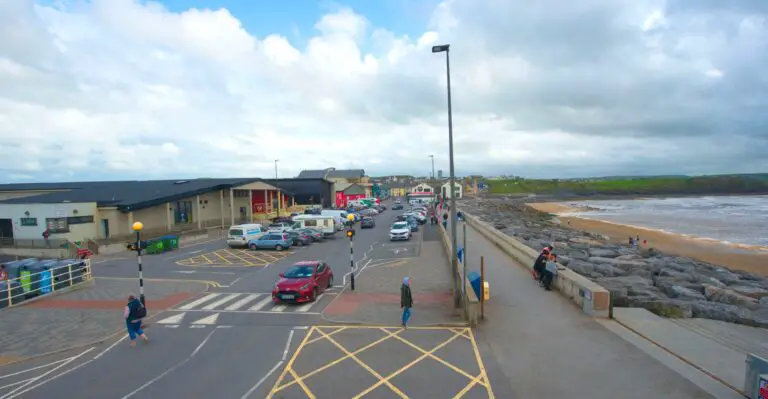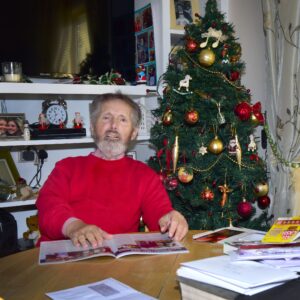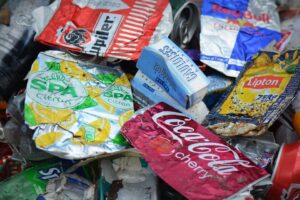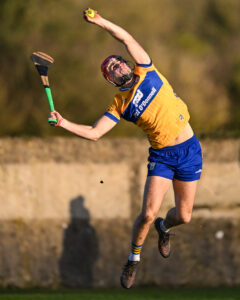*Photograph: John Mangan
JUST ONE piece of dog faeces is enough to fail a beach in its efforts to retain its Blue Flag.
For the 2023 bathing season, Blue Flags were retained in Whitestrand Miltown Malbay, Ballycuggernan, Whitestrand Doonbeg, Mountshannon, Fanore, Spanish Point, Kilkee and Lahinch.
Cappa had held the Blue Flag for fifteen years until May of this year.
Carrigaholt beach, Ballyalla Lake, Seafield and Bishop’s Quarter have each retained the Green Coast Award while Kilrush Marina has been included in the list of Blue Flag Marinas for the third consecutive year. Less criteria are in place for the Green Coast Awards.
Executive scientist with the Physical Directorate of Clare County Council, Sinead McDonnell briefed members of the Physical Development Strategic Policy Committee (SPC) on bathing water quality this week.
Stringent requirements exist when it comes to bathing water qualities, she said. Of the stakeholders involved, Clare County Council monitor and manage the data, the EPA access the water quality data provided and advice is issued by the HSE. “Bathing waters are classified as excellent, good, sufficient or poor, from 2014 annual classification of bathing waters which is set out in legislation, more stringent criteria, varies from coastal to inland, the results are set over a four year period,” she said.
Criteria in the excellent category must be met in order to retain the Blue Flag. “What can impact bathing water quality? Very simply, not a lot, it can be nappies, disposable wipes, bird poo and dog faeces, it takes just 2.5 litres to contaminate the beach,” Sinead outlined.
In a flyer issued to persons present at the meeting, it was flagged that just one dog faeces could potentially yield 100ml which is “enough to fail your beach”. She added, “a nearby treated effluent discharge would require around ca.2m3 but a raw sewage discharge would need just 2.5 litres to contaminate your bathing water”.
High levels of rainfall “can cause short-term pollution,” Sinead highlighted. In the Council’s laboratory, a full turnaround on samples can take 42 hours while indicative results for e-coli available within 24 hours. “Short-term pollution is a microbial contamination with the identifiable cause not likely to affect water quality for more than 72 hours, there are six bathing areas in Clare that can be impacted,” she added.
“Where there is a higher than usual level of e-coli and/or intestinal enterococci in the water that could pose a risk to public health, we advise against swimming and issue an advisory notice about the precautions which should be taken by those who do decide to swim. The notice remains in place until the results of the analysis reduce,” Sinead advised.
2023’s bathing season “has been quite eventful,” Sinead reflected. Heavy rainfall events throughout the season resulted in 26 prior warning notices, one advisory notice, three bathing prohibitions while over 200 samples were taken.
Two further bathing prohibitions have since been issued on Lough Derg at Ballycuggeran and Mountshannon and which remain in place. The algal bloom was caused when the weather improved after a period of long rain. “It takes much longer to take down because we need seven days between clear samples,” she said of the algae bloom.
Environmental representative, Therese O’Donohue questioned matters relating to prevention. “What exactly do you anticipate for a rainwater event, who is responsible for the prevention of pollution,” she asked.
McDonnell responded, “Everybody has a part to play”. She added, “All of the host programmes fall into monitoring potential pollution sources, in the event of them occurring they can impact on bathing water quality, our remit is to ensure public health at the forefront, that is why we use them”.
Lisdoonvarna based O’Donohue asked what pollution rainwater resulted in to which Sinead said, “there are a number of factors that impact bathing water, they have been identified in EPA report in 2022 like dog fouling and bird fouling”.
Results from the assessment of pollution causing prohibition notices in Lahinch were also sought by Therese. “We can’t identify and assess cause of pollution in those events, they are short-term events,” the Council scientist replied.











